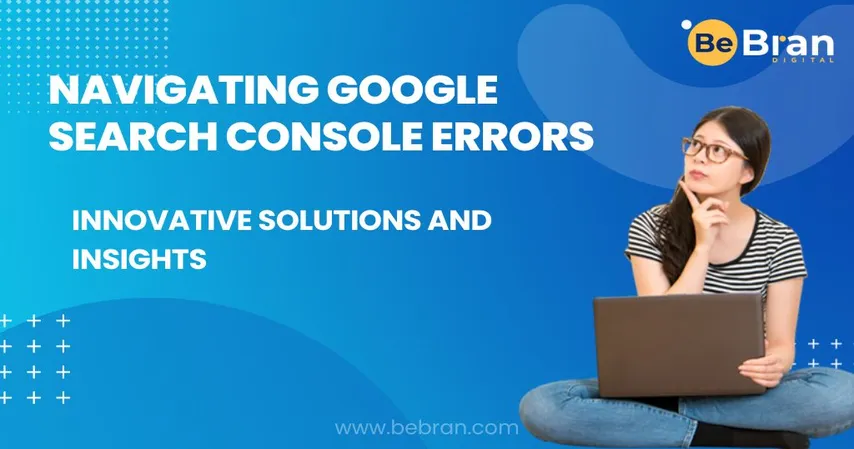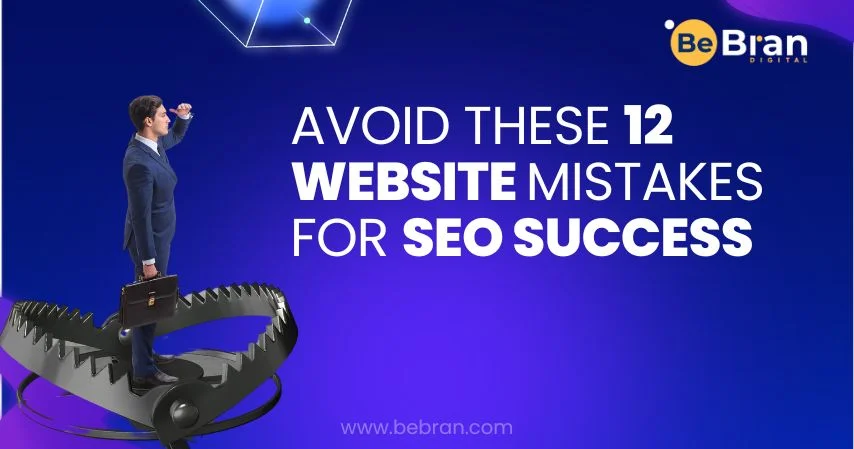Title tags are the first thing users see in search results, making them a critical element in driving organic traffic. Errors in title tags can have far-reaching consequences, affecting a website's visibility, click-through rates, and overall user experience.
Title Tag Errors can significantly hinder a website's SEO performance. Mistakes in titles can lead to reduced visibility in search engine results, as titles play a crucial role in content relevance. Furthermore, poorly crafted titles can decrease click-through rates, as they may fail to resonate with users or get truncated. Such errors can mislead users about the content, leading to higher bounce rates and diminished user trust.
Overall, title tag mistakes can stifle a site's potential to attract organic traffic and engage its audience.
Decreased Visibility in Search Results:
Title Tag Errors can diminish a webpage's prominence in search results. When search engines can't decipher a title's relevance due to mistakes, the page might rank lower for targeted queries. Ensuring accurate and keyword-rich titles is crucial to fixing common title tag mistakes and improving search visibility.
- Title tag errors can lead to lower visibility as search engines may not rank the page as prominently.
- Inadequate Information: If a title tag is too vague or doesn't accurately reflect the content, search engines might not consider it relevant for certain queries.
- Keyword Overstuffing: Keyword-stuffed titles may be seen as spammy and can result in lower rankings, reducing visibility.
Reduced Click-Through Rates (CTR):
Titles serve as the first impression in search results. If they're unclear or lack relevance due to title tag mistakes, users might skip over them, leading to reduced CTR. A compelling, error-free title directly impacts tag titles' ability to attract users and drive traffic to the website.
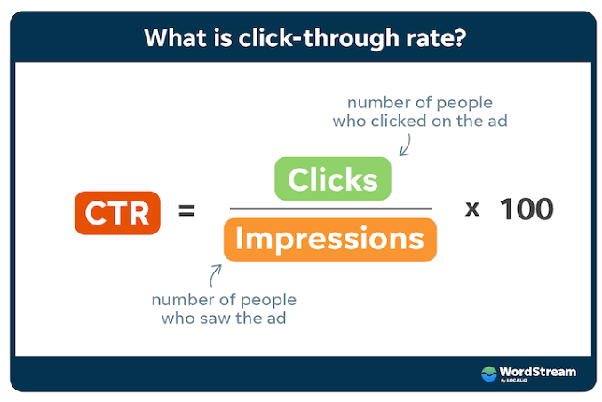
- Users are less likely to click on titles that don't communicate the content or purpose of a page.
- Confusion and Mismatch: When titles are unclear or don't align with the user's intent, they may choose not to click, leading to a lower CTR.
- Lack of Engagement: If the title doesn't captivate the user's interest, they are less likely to click through to the page.
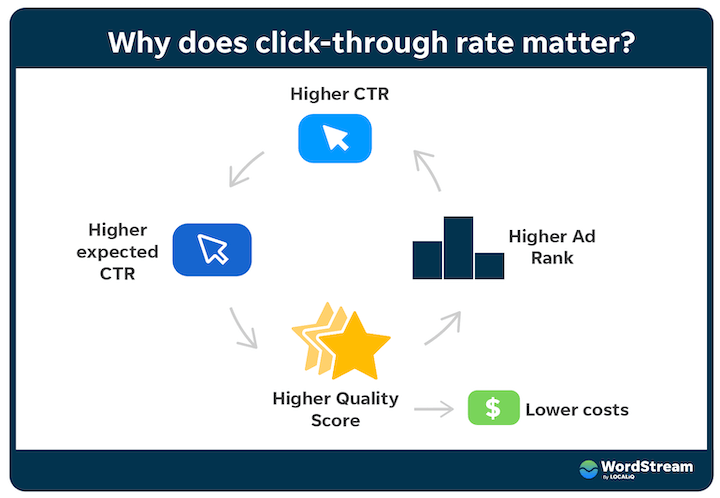
Adverse Effects on User Experience and Engagement:
Poorly crafted titles can mislead users, causing confusion or disappointment when the content doesn't match expectations. Such title tag errors harm user engagement, leading to quick exits and higher bounce rates. Prioritizing accurate and enticing titles ensures a positive user experience and boosts retention.
- Title tag errors can negatively impact the overall user experience, potentially leading to higher bounce rates.
- Misleading Expectations: If a title promises something that the content doesn't deliver, users may be disappointed, leading to dissatisfaction.
- Bounce Rates: Users may quickly leave a page if the title doesn't accurately represent the content, resulting in higher bounce rates.
Addressing title tag errors is crucial for optimizing a website's performance. By ensuring that title tags are clear, relevant, and accurately represent the content, you can improve visibility, CTR, and overall user satisfaction, ultimately leading to a more successful online presence.







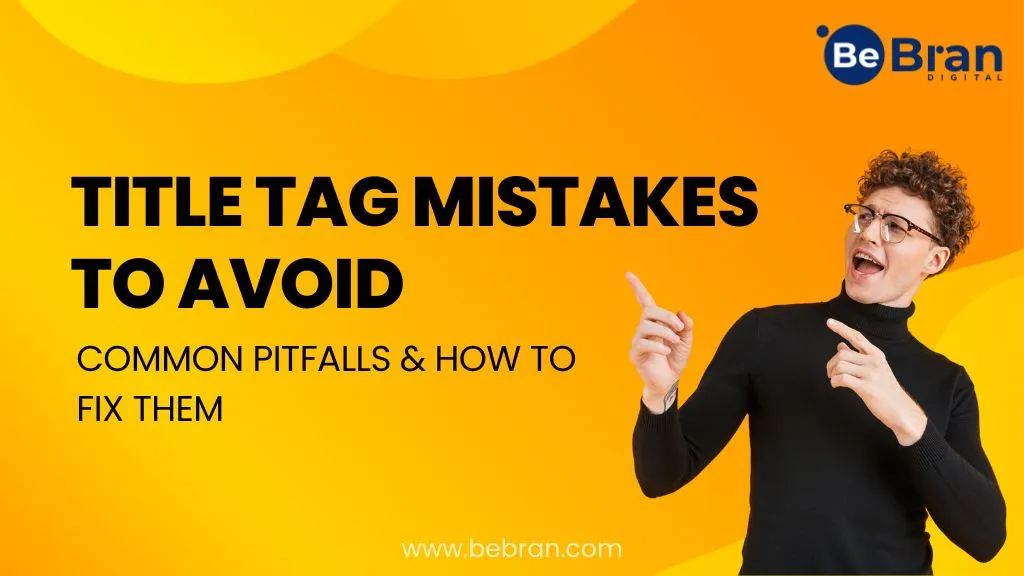




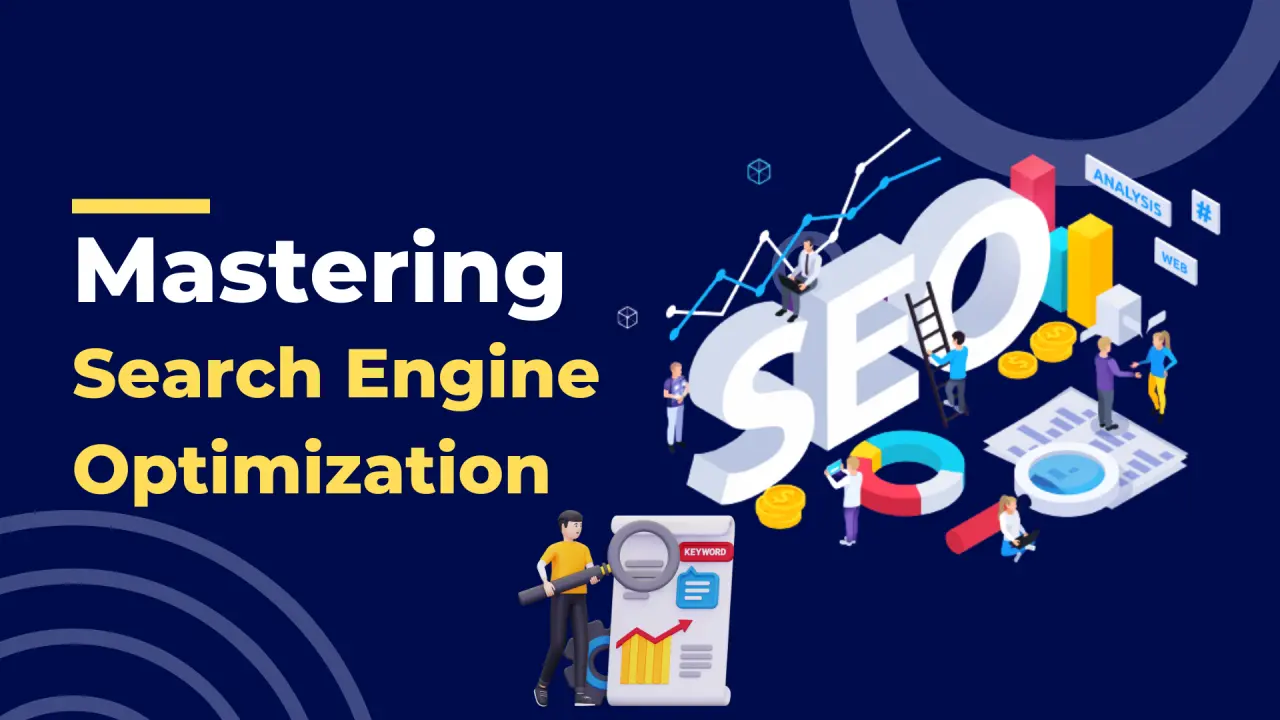





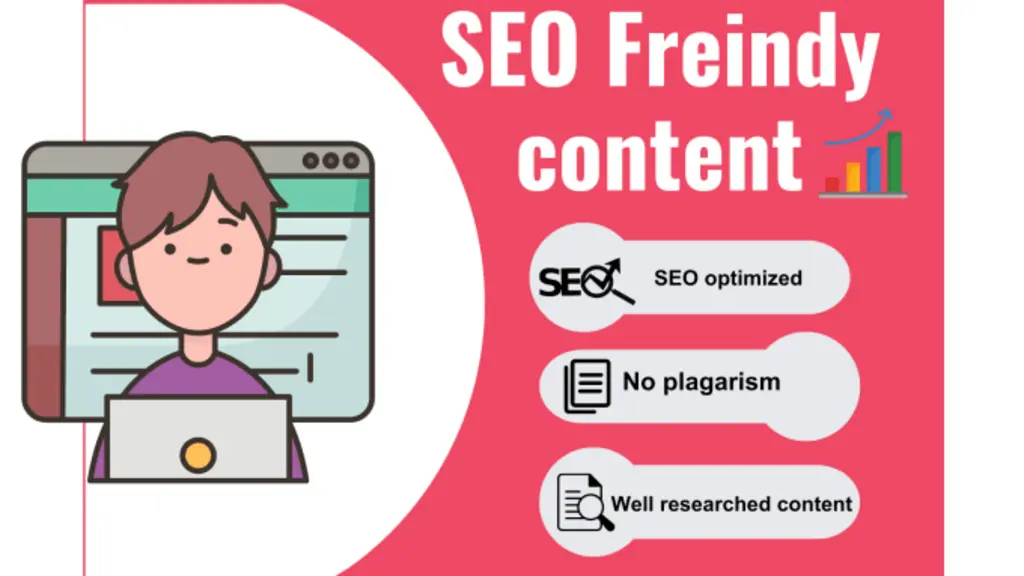

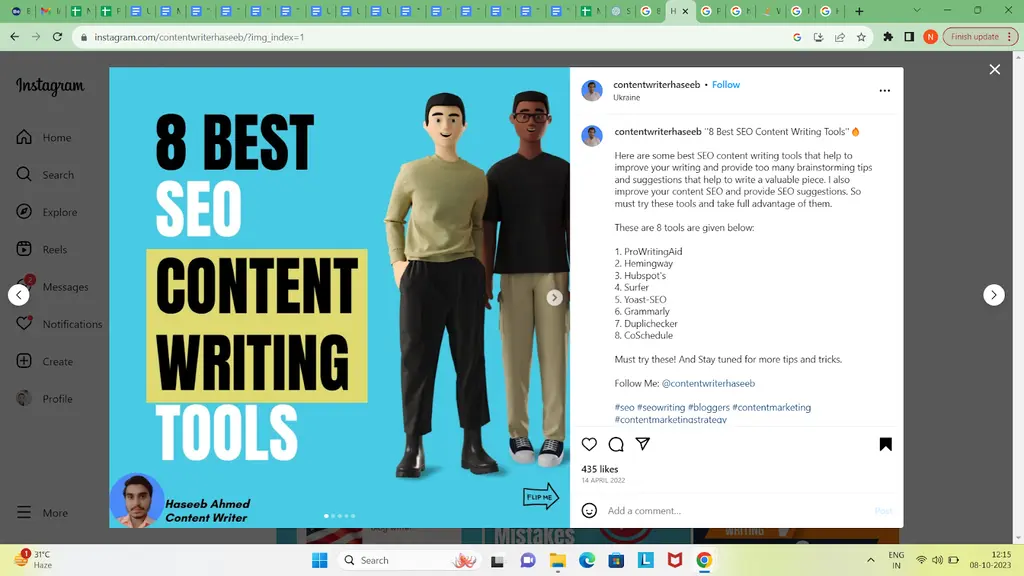



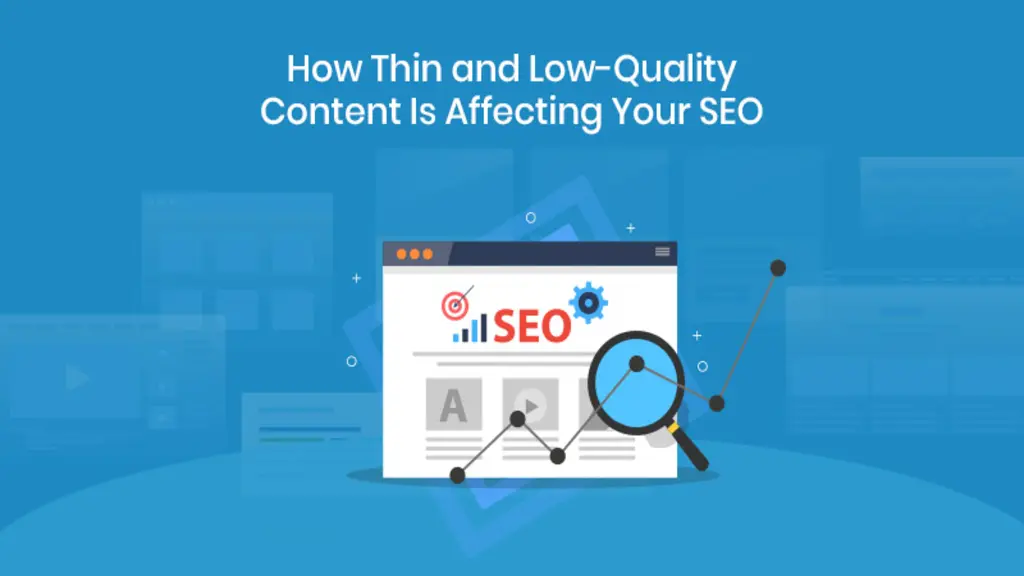





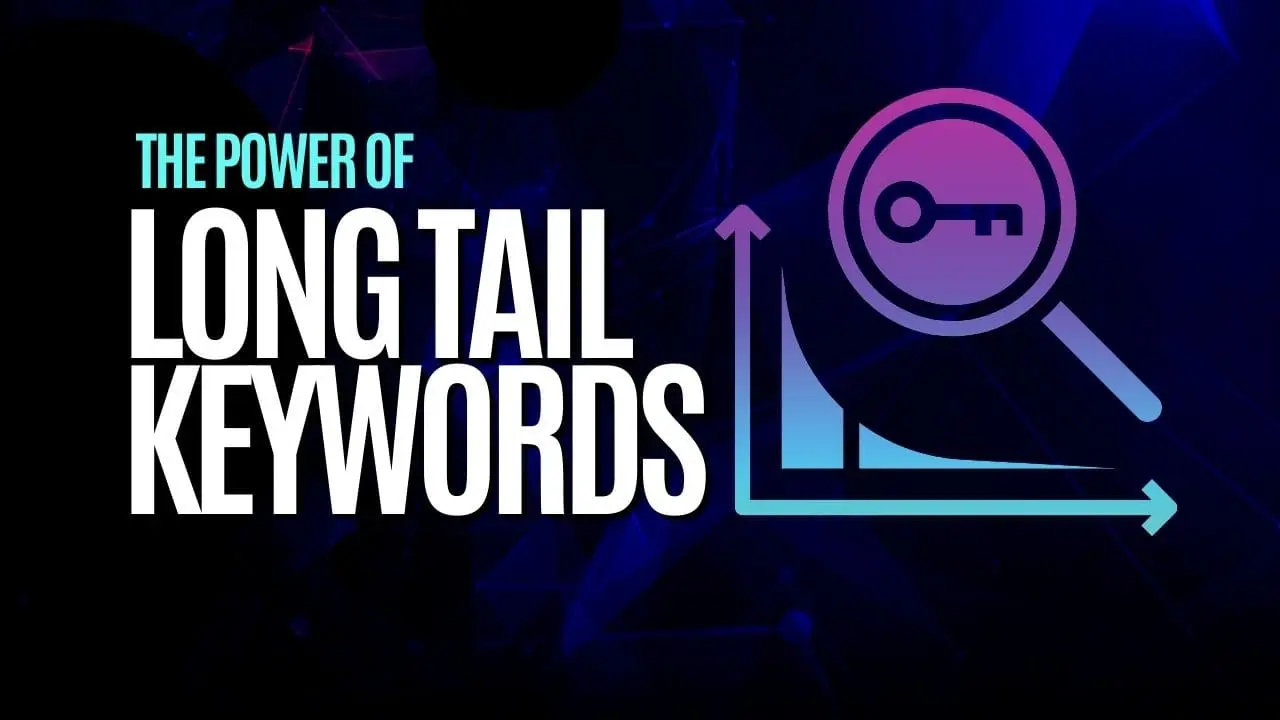






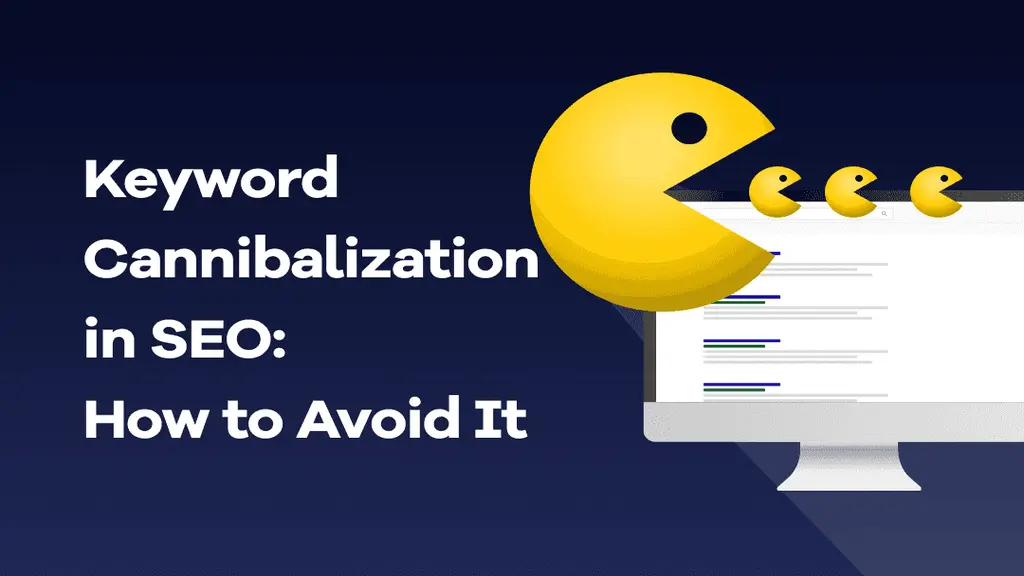

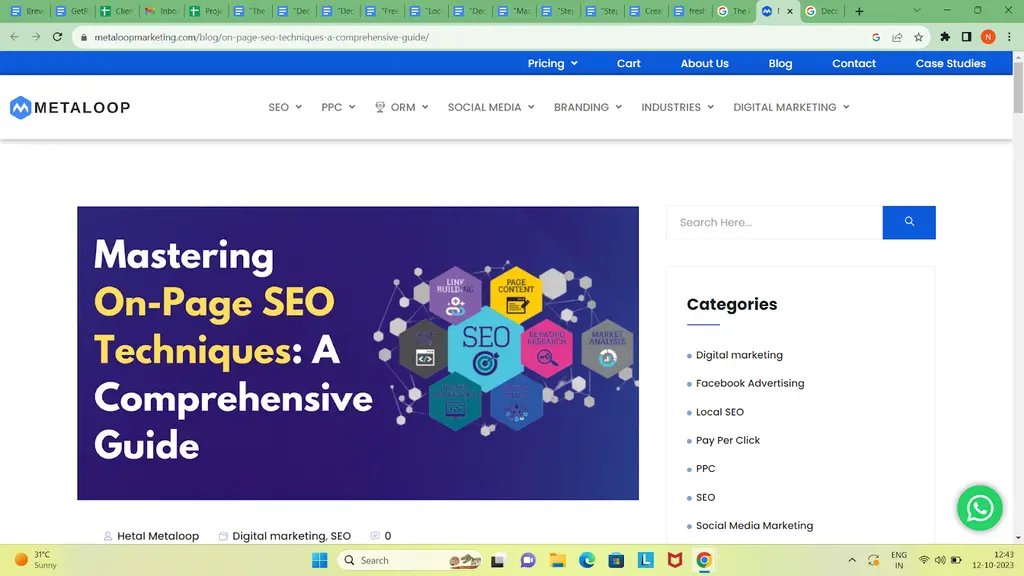

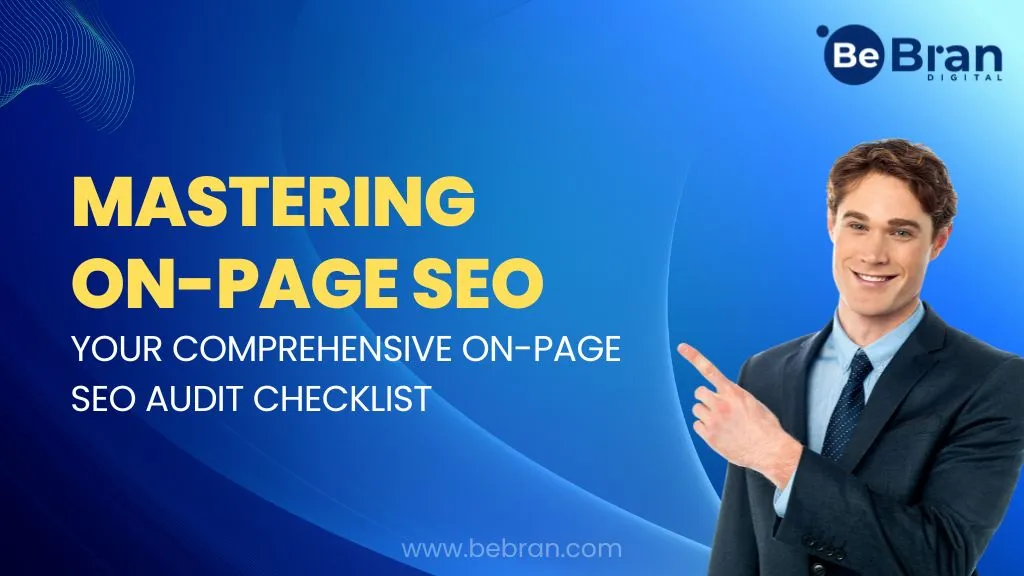

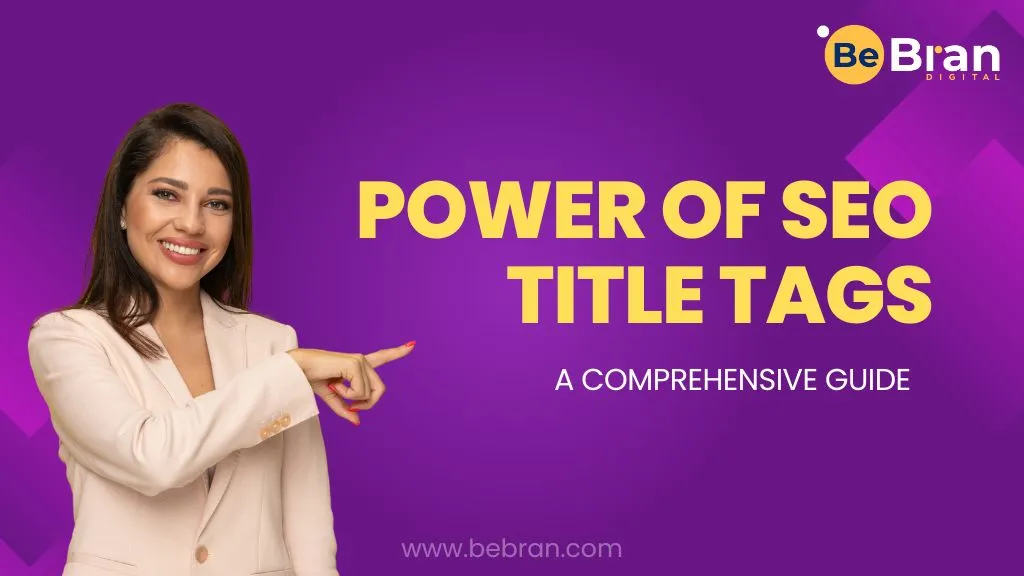





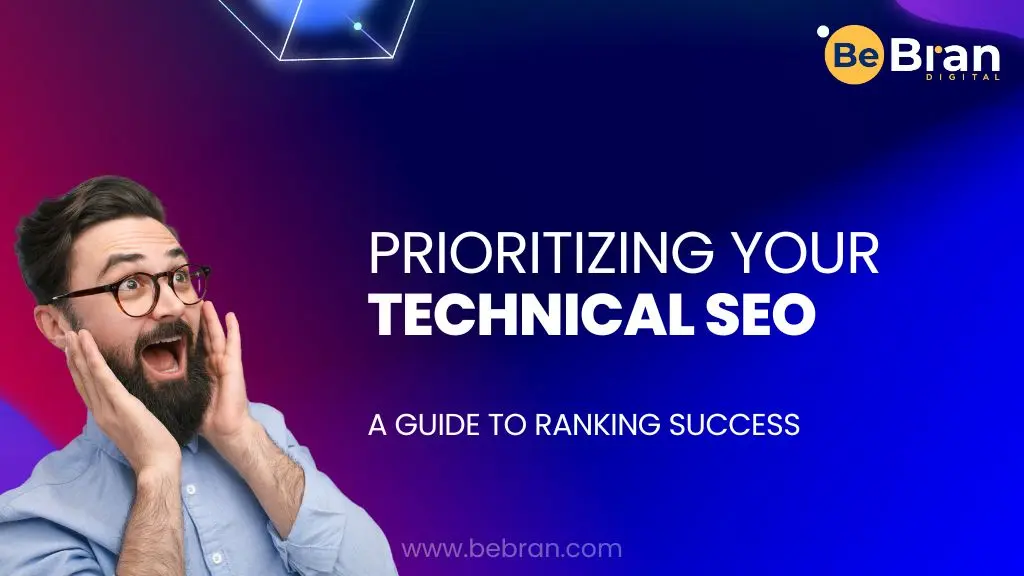

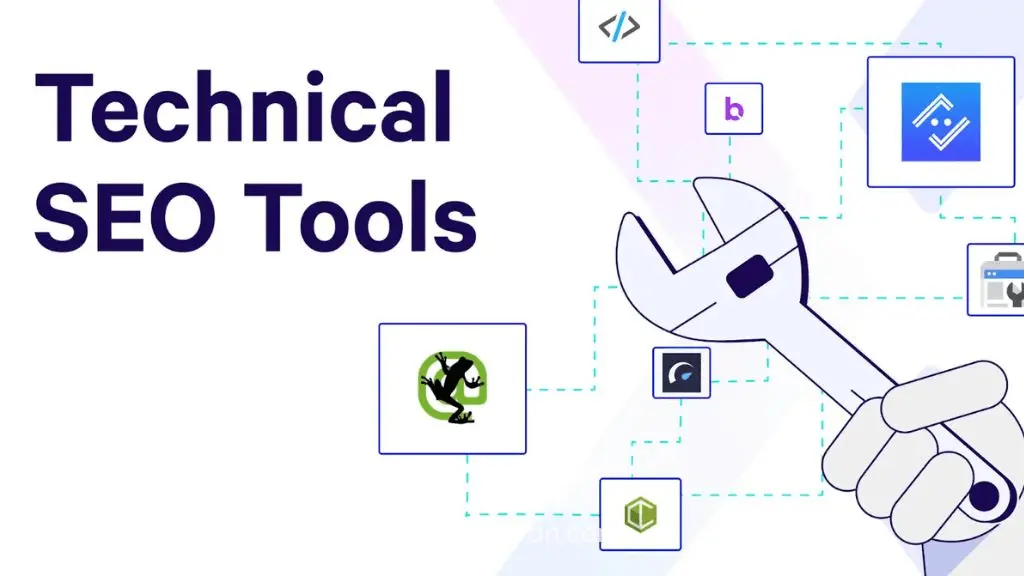



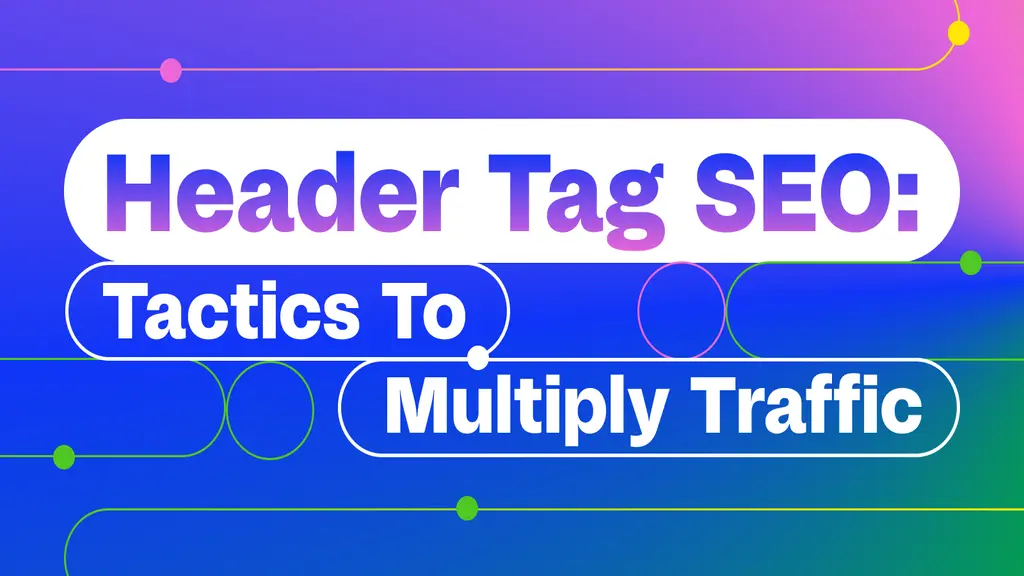

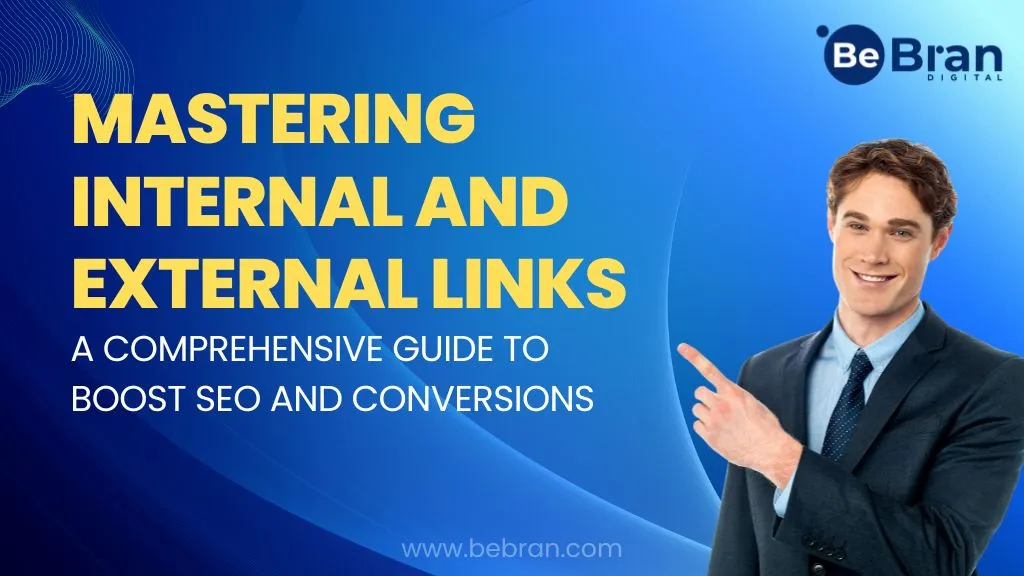










![1707475220 Bebran[1]](https://bebran.com/public/uploads/1709129094_1707475220_bebran[1].webp)

![1707475220 Bebran[1]](https://bebran.com/public/uploads/1709132759_1707475220_bebran[1].webp)

![1707475220 Bebran[1]](https://bebran.com/public/uploads/1709133996_1707475220_bebran[1].webp)

![1707475220 Bebran[1]](https://bebran.com/public/uploads/1709135250_1707475220_bebran[1].webp)

![1707475220 Bebran[1]](https://bebran.com/public/uploads/1709135874_1707475220_bebran[1].webp)

![1707475220 Bebran[1]](https://bebran.com/public/uploads/1709136770_1707475220_bebran[1].webp)







![1707475220 Bebran[1]](https://bebran.com/public/uploads/1709188948_1707475220_bebran[1].webp)

![1707475220 Bebran[1]](https://bebran.com/public/uploads/1709190426_1707475220_bebran[1].webp)





















